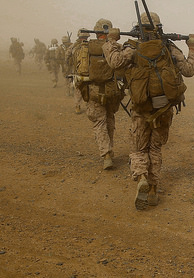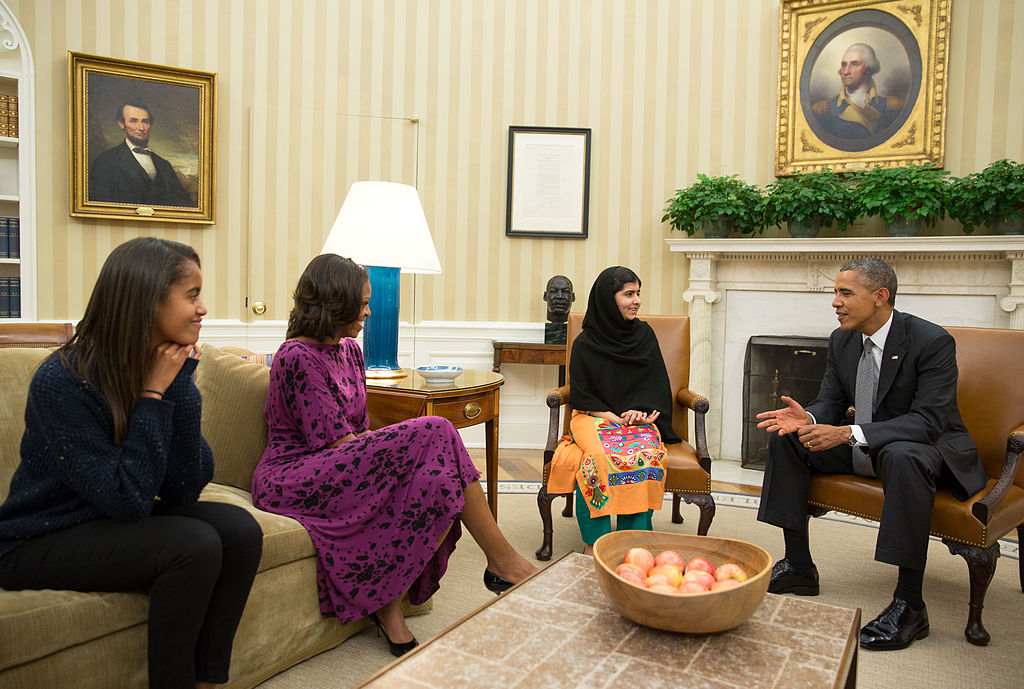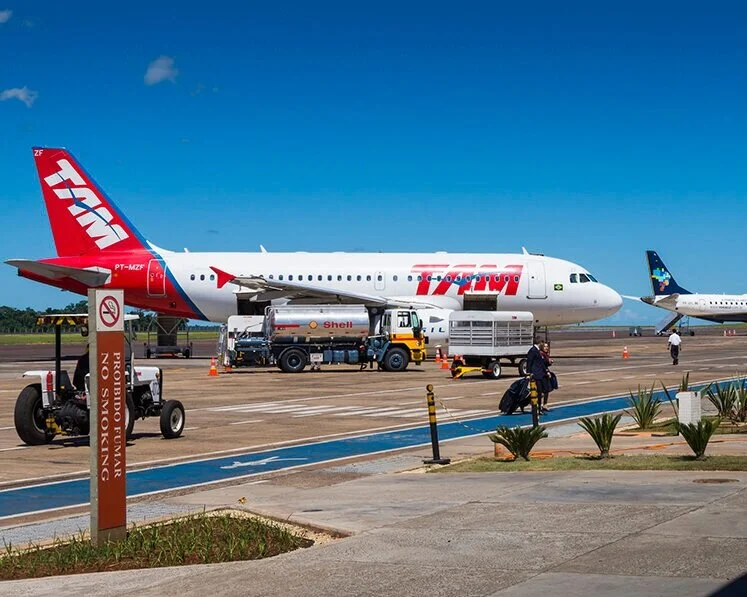RIYADH, Saudi Arabia - Geographically located at the geopolitical crossroads of the Middle East and the West, Saudi Arabia has come a long way from being known only as a religiously constrained nation dominated by hardline conservatives focused more on internal governance to the exclusion of Western opportunities because of their possibly corrosive influences.
King Abdullah bin Abdulaziz Al Saud, 90, who died on 23 January 2015, was also known as 'the reformer' king, and under his decade long reign the socioeconomic transition strategies had already yielded positive results as the country became more open to doing business with partners that sometimes were at odds with the country's religious precepts. This fact was underscored by the number of world leaders and top dignitaries who visited Saudi Arabia to give their condolences.
The newly enthroned King Salman welcomed U.S. President Barack Obama, Egyptian President Abdel-Fattah el-Sissi, Japan's Crown Prince Naruhito, Spain's King Felipe VI, Jordan's King Abdullah, Denmark's Crown Prince Frederik, Dutch King Willem-Alexander, and the United Kingdom's Prince Charles and others and will hopefully continue Saudi Arabia's embrace of a path that leads out of the religious cocoon that has historically governed it.
Though still a monarchy, the Saudi Arabian government is relatively stable, and the influx of new business partners is helping this thriving society to transform its image of being a totally Islam-centric culture to one that at least entertains and hosts people from different nations and backgrounds. This includes, doing business with Western companies that sometime send female executives to manage large scale projects.
However, Saudi Arabia is a nation that is built on Islamic principles and protecting these principles remains its cornerstone and governs every transaction. For instance, though Western women may come to work there, they are still expected to observe the decorum and customs that are unique to Muslim society. Even First Lady Michelle Obama was criticized in the media for not wearing an Abaya or head scarf during a recent visit; however, it was noted by the Associated Press that former First Ladies Hillary Clinton and Laura Bush have also appeared in public meetings Saudi royals without an Abaya.
Even still, Saudi Arabia is realizing unprecedented global, economic and employment growth as people embrace the reality that it is simultaneously the ultimate ‘Hajj’ destination, but also for non-Muslims it is a country where they can achieve economic success, explore great job opportunities, or just visit as a great vacation destination.
Socioeconomic Transformation: In 1970 Saudi Arabia introduced the first of a series of the ongoing five-year development plans. The long-range plan had in scope the implementation of a modern infrastructure, fostering the development of business relations with other nations, and making the kingdom an affordable place for one and all. As a result of assiduously following the scope of this program over a 30-year period, today Saudi Arabia has been transformed into one of the most modern and sophisticated Arab states.
The table below provides a high-level summary of some of the major social and political breakthroughs that were achieved as a consequence of the Social Economic Transformation policies.
Government Goals and Objectives
Achievements
2001, December (Fight for Values & Saving the grace of Islam)
The government calls for the eradication of terrorism, and publicly states that terrorist acts are explicitly prohibited by Islam. The government also takes the unprecedented step of issuing ID cards to women.
2002, May (Sabotaging the rule to “offer pain”)
The criminal code underwent major revision that included ban on torture and right of suspects to legal representation.
2005, November (The World knows the worth now)
The prestigious World Trade Organization (WTO) gives a green signal to Saudi Arabia's membership after 12-years of negotiations.
2009, June (Making relations rock-solid)
U.S. President Barack Obama visits Saudi Arabia as part of a Middle East tour. The visit was aimed at increasing U.S. engagement with the Islamic world.
2012 June (Let the souls breathe and get their dreams)
Saudi Arabia agreed to allow women athletes to compete in the Olympics for the first time. This decision was against the background of speculation that the entire Saudi team might be disqualified on grounds of sex discrimination.
2014 February (Banish the “Crude”)
New anti-terrorism law were introduced to fortify the suppression of violent groups like ISIS and al-Qaeda.
2014, June-September
Activists for women's rights have become more vocal and public in their demands for equal rights for women to fully participate in society, in particular, being able to drive. Among other platforms, social media users continue to push the boundaries and test the limits of freedom of expression.
The Employment Affairs: Saudi Arabia currently possesses more than 25% of the world's oil reserves. The oil and gas sector in Saudi Arabia has created astounding wealth for the country, and has encouraged investment by other nations that buy oil and gas from this Middle East powerhouse. Experts believe that with social reforms that continue to take place, will encourage nations not traditionally inclined to do business with Saudi Arabia to reconsider. Such expansion should result in the creation of many high-paying job opportunities for foreign and domestic workers alike; a fact evidenced by Jeddah being named one of the top livable cities in the world.
Persistent Concerns: Saudi Arabia still has much to improve upon when it comes to human rights especially with regard to meting out punishment. In this respect the country is still in a religious cocoon of ultra-conservative, orthodox ‘Wahhabism' which has been Saudi Arabia's dominant faith for the past two centuries. This religious interpretation of Islamic law takes a literalist view of Qur'an and the tenets, and thus continues to condone heinous acts such as "death penalty or stoning for adultery and fornication, flogging and amputation for stealing, and punishments of retribution, are sanctioned by the Qur'an and are unchangeable," legal scholar Shahid M. Shahidullah explains. Wahhabist interpretation of "sharia law is the exclusive foundation of criminal justice" in Saudi Arabia. (Source: VOX)
Frontline PBS featured an Analyses of Wahhabism and its rigidity that "has led it to misinterpretation and distortion of Islam, pointing to extremists such as Osama bin Laden and the Taliban." Indeed, many of the perpetrators of the September 11th air attacks against the U.S. were instigated and perpetrated by Saudi nationals, and indeed many people still believe that the government and constituent nations in the region harbor extremist.
Between 2014 and 2015 Saudi Arabia has more than redeemed itself with tangible efforts and resources in the fight against radical Islamist groups like ISIS and al Qaeda, two of the greatest terrorists threats facing the world today. The "Saudis have sent jets to bomb the group in the Syrian regions where it [ISIS] first gained strength and broader influence. The result is that Saudi Arabia now has useful intelligence on the groups the U.S. will be arming and training within Syria later this year. Saudi Arabia is one of only three Muslim countries (the others are Turkey and Qatar) that would allow the U.S. to set up rebel-training camps on its soil." (Source: Huffington Post)
In summary, Saudi Arabia has realized vast improvements and it has boldly embraced the challenges that face a country that struggles to balance modernity with tradition; and though many may yet criticize this nation, its increased presence on and involvement in global affairs heralds its desire to move toward balance.
Middle East Correspondent: @Vinita Tiwari


















 KAJAKI, Afghanistan – Afghan officials have reported that 17 Afghan civilians, including two women were beheaded by Taliban militants. They were killed on Sunday, 26 August 2012 at a late night celebration.
KAJAKI, Afghanistan – Afghan officials have reported that 17 Afghan civilians, including two women were beheaded by Taliban militants. They were killed on Sunday, 26 August 2012 at a late night celebration.


















